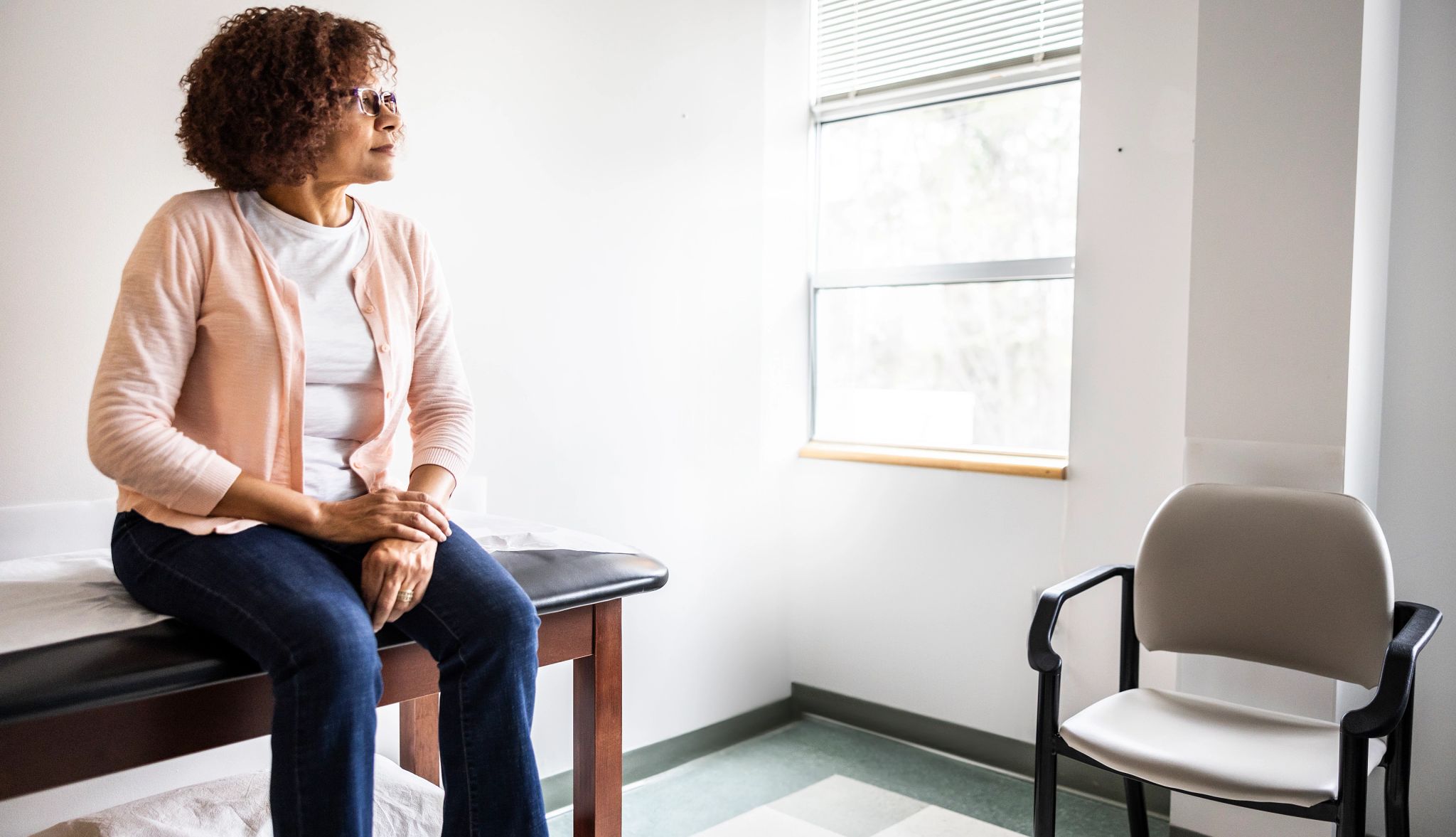AARP Hearing Center


Eight years ago, at age 77, I was diagnosed with breast cancer. I haven’t had a recurrence, but I’m still advised to get a mammogram every year. However, that’s not the case for many women my age.
In fact, routine mammograms are only recommended for women between the ages of 40 and 74, according to the latest guidelines from the U.S. Preventative Services Task Force (USPSTF). After that, the task force says women should decide together with their doctor whether to continue getting screened for breast cancer due to a lack of evidence that the benefits of screening outweigh the risks.
In 2019, roughly half (54.2 percent) of women aged 75 and older had a mammogram, according to federal data, compared with 78 percent of women aged 65 to 74. More than half of breast cancer deaths occur in women 70 and older, the latest data from the American Cancer Society shows.
What’s the harm in screening?
Letting cancer go undetected may seem more harmful than catching it early on, but still, doctors say there are some risks to screening, especially for older women.
Are mammograms covered for the 75-plus?
Yes. Medicare covers baseline mammograms as a free preventive service under Part B for women 40 and older. Diagnostic mammograms are subject to a 20 percent copayment after you’ve met your Part B deductible.
Read ,ore on AARP: Does Medicare Cover Mammograms?
Research shows that the risk of overdiagnosis — finding a slow-growing cancer or one that will not grow at all — is much higher in women aged 70 and older, and this risk increases with age. And treating such a cancer could cause additional harm for someone who is frail or has other health issues.
A recent study of nearly 55,000 women, published in the Annals of Internal Medicine, found that about 31 percent of breast cancer cases discovered in women aged 70 to 74 would likely not cause any symptoms or harm. That share jumped up to 47 percent for women 75 to 84 and 54 percent in women 85 and older.





































































More From AARP
Women's Cancer Risk Rising
Death rates have dropped, but cases in women 50-65 have surpassed those of men
Despite Progress, Breast Cancer Disparities Persist for Many
Breast cancer mortality rates have fallen significantly since the late 1980s, thanks in large part to advances in early detection and treatment. But a new study from the American Cancer Society shows that not all populations in the U.S. have experienced this progress evenly. Learn more.
Try These Tips for Living a Healthier Life
Small changes can add up to big mental and physical results